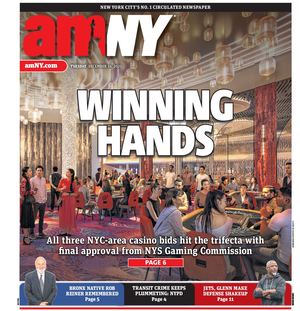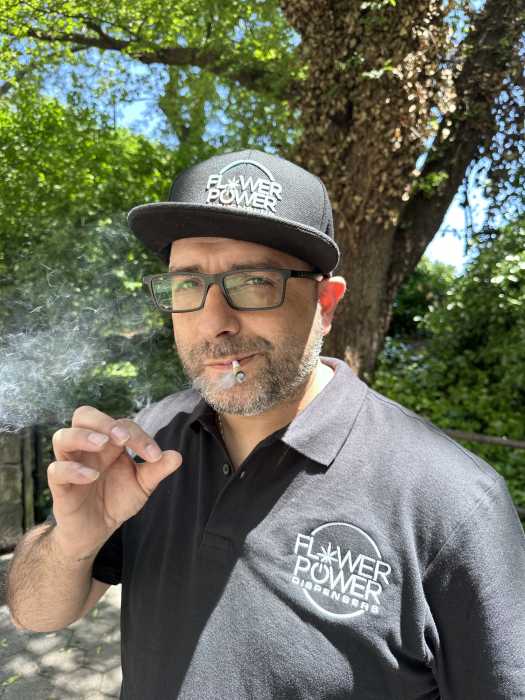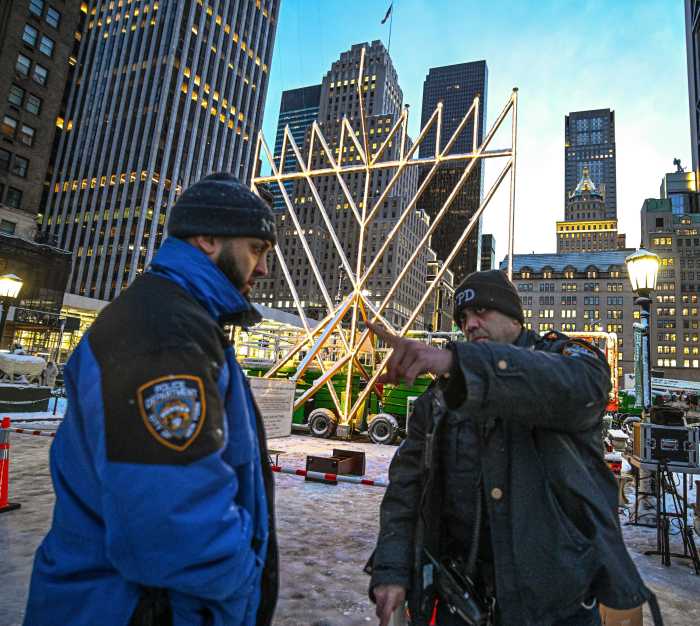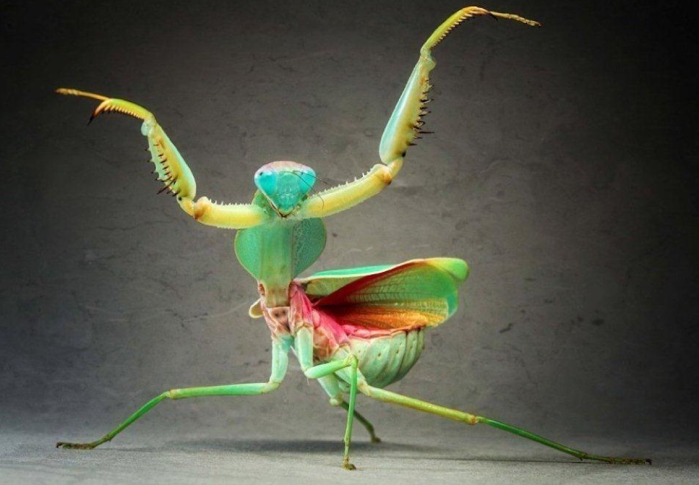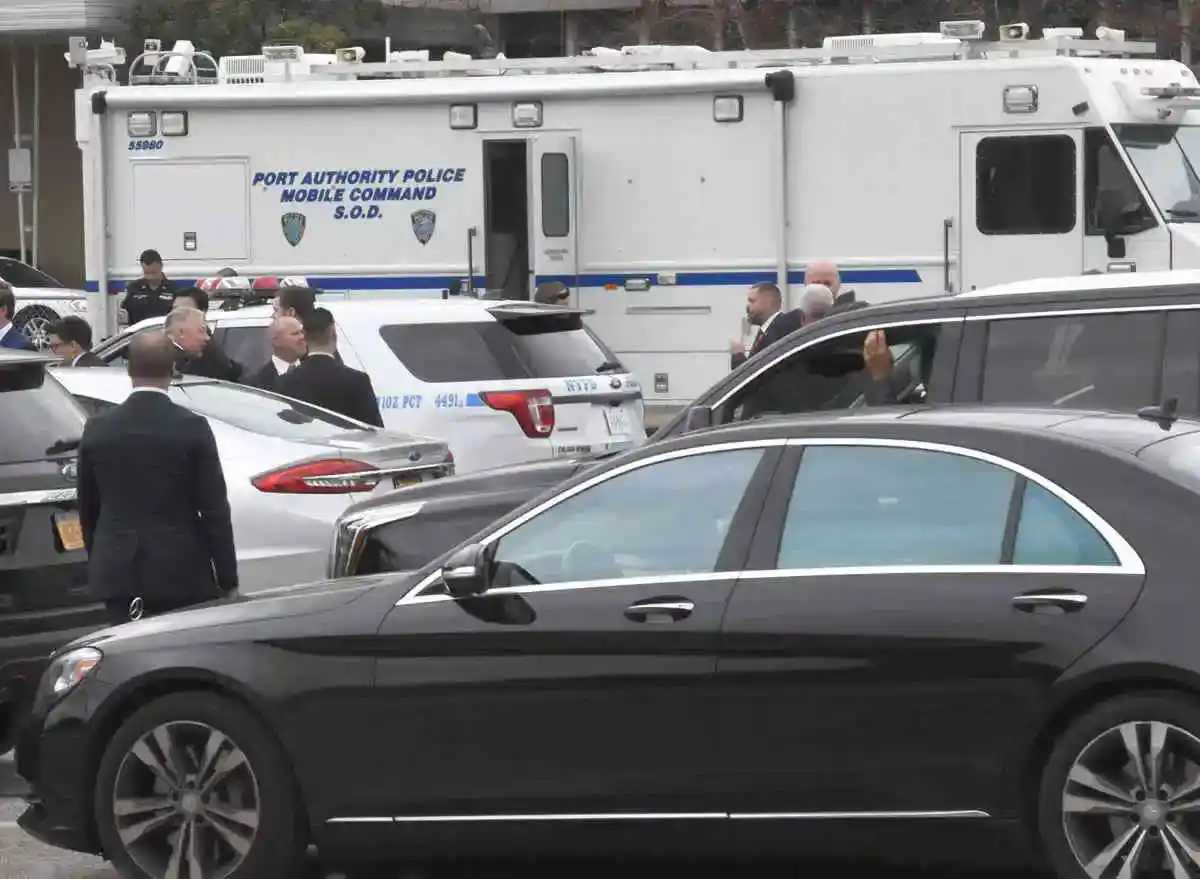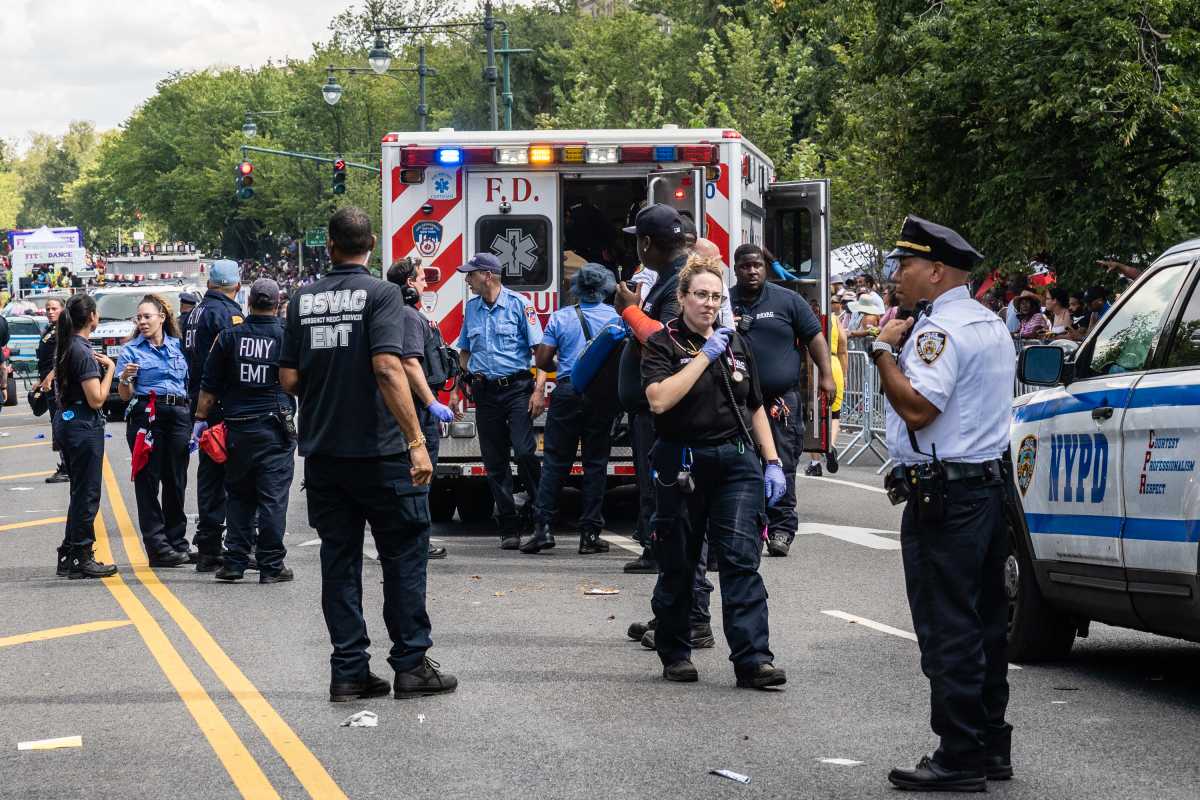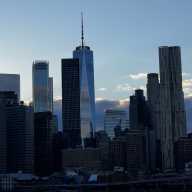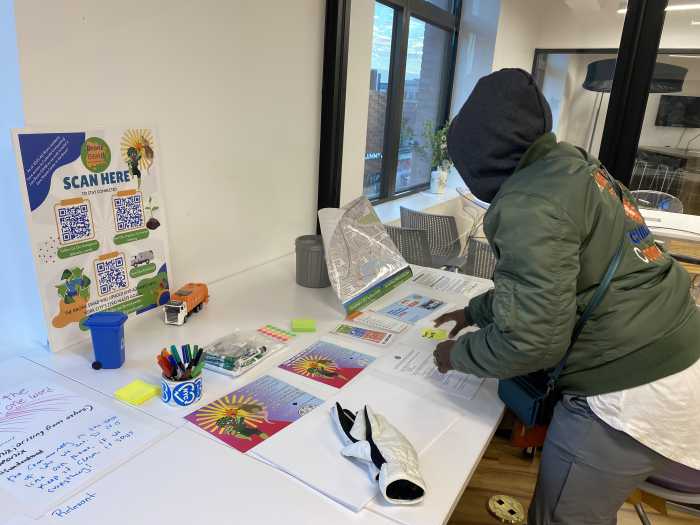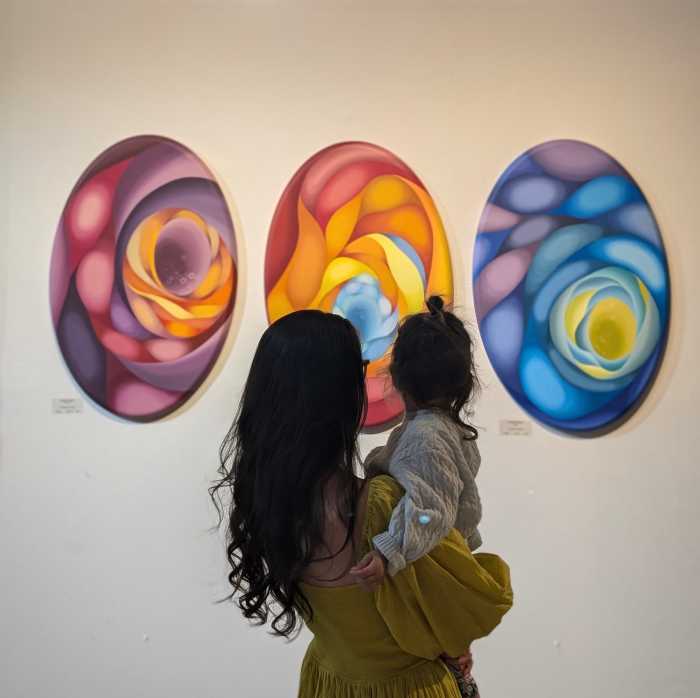There’s still work to be done.
That’s the message of this Sunday’s Pride March, which is expected to draw more than 2 million people as it winds its way from midtown to Greenwich Village.
“It’s not a parade to us,” March Director David Studinski said. “We continue to call it a march because it’s still a protest.”
The annual event began in 1970, on the first anniversary of the 1969 Stonewall Riots. Since then, it’s become the largest pride march in the country, with more than 60,000 marchers registered this year, and has paid witness to such recent LGBT victories as New York marriage equality in 2011 and New Yorker Edith Windsor’s 2013 case against the Defense of Marriage Act. This year’s march is also on the heels of the landmark Supreme Court decision legalizing gay marriage Friday. But “there’s still a long road ahead,” Studinski said, a sentiment summed up by this year’s march theme: “Complete the Dream.”
“This isn’t a past-tense theme, it isn’t, ‘We Completed the Dream,'” Studinski said. “Regardless of what happens this year with the Supreme Court, there’s still so much work that needs to be done in the community. There are minorities within our minority that still deserve attention.”
For Jean Malpas, director of the Ackerman Institute’s Gender & Family Project, one such minority is the community’s youth. The organization, which provides services to transgender youth and gender-expansive children and their families, is marching in Pride for the second time this year.
“One thing that is often missing are services for pre-teens, and we have been focusing on that for many years,” Malpas said. “We wanted to make sure the New York City community knows that those resources exist here.”
Malpas said there has been progress, especially when it comes to the visibility of transgender youth in the media, but that “there is still a tremendous amount of discrimination and violence, particularly against transgender youth of color.”
To represent the diversity of the LGBT community, this year’s march has four grand marshals: Sirs Derek Jacobi and Ian McKellen, both openly gay British actors; J. Christopher Neal of FluidBiDesign, an advocacy group for fluid men of African descent; and Kasha Jacqueline Nabagesera, the co-founder of the first Uganda Pride celebration.
“We might be making progress here at home, and in states like New York, but we want to be paying attention to the larger conversation that is taking place and focus the energy we get at this time to not just a local struggle, but a worldwide struggle,” Studinski said.
ROUTE
Start: 36th Street and Fifth Avenue
Special needs seating: 24th Street and Fifth Avenue
Reviewing stand: Eighth Street and Fifth Avenue
End: Christopher and Greenwich streets
TIME
Rain or shine, the march steps off at noon following a moment of silence at 11:58 a.m. to remember those in the community lost to AIDS, AIDS-related complications and hate crimes. The first group usually makes it to the end of the route by 1:45 p.m.
STAGES
Entertainment is planned for 25th Street and Fifth Avenue, Eighth Street and Fifth Avenue and Christopher and Bleecker streets.
BEST VIEW
“Fifth Avenue where it starts, there’s more sidewalk space and the road is wider, that gives you a different perspective. The West Village makes for a completely different and arguably more intimate experience as you make your way to Stonewall,” says March Director David Studinski. “But the best view of the march every year is as a volunteer, so we encourage anyone who’s interested in being part of the movement to reach out.”
